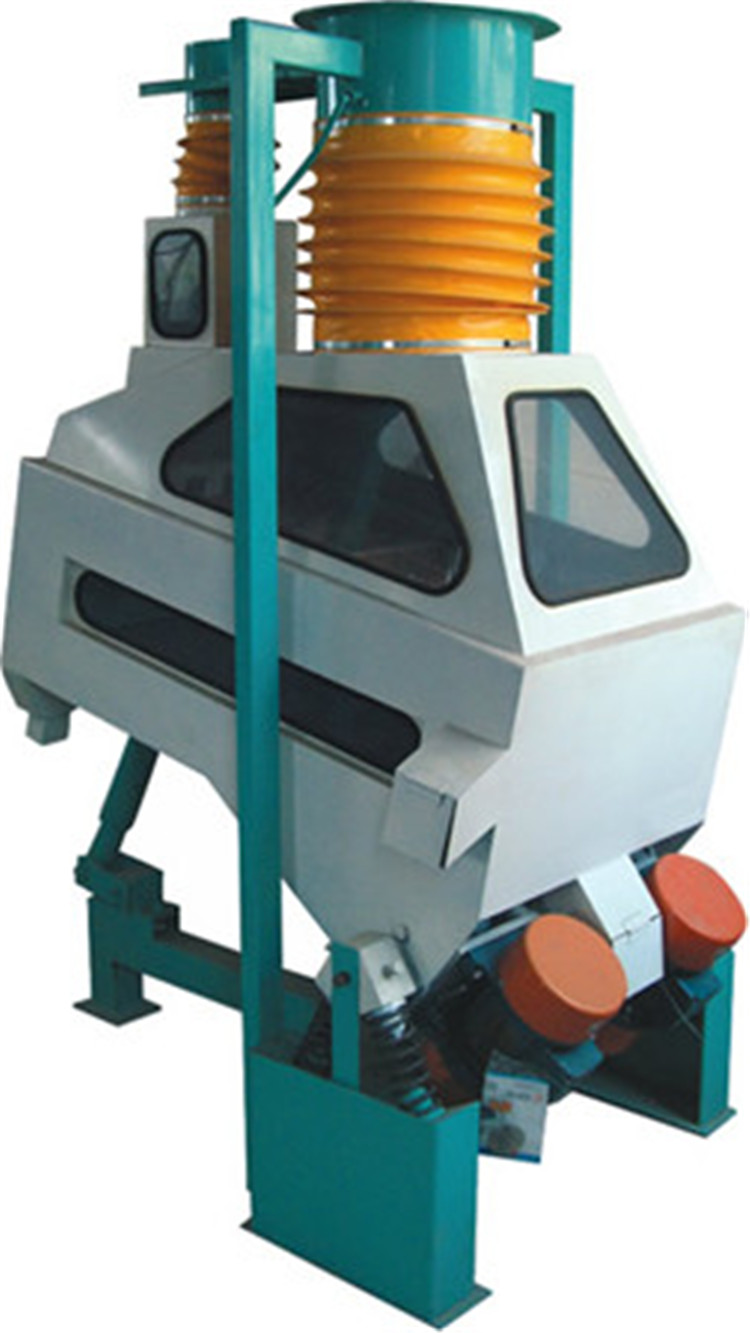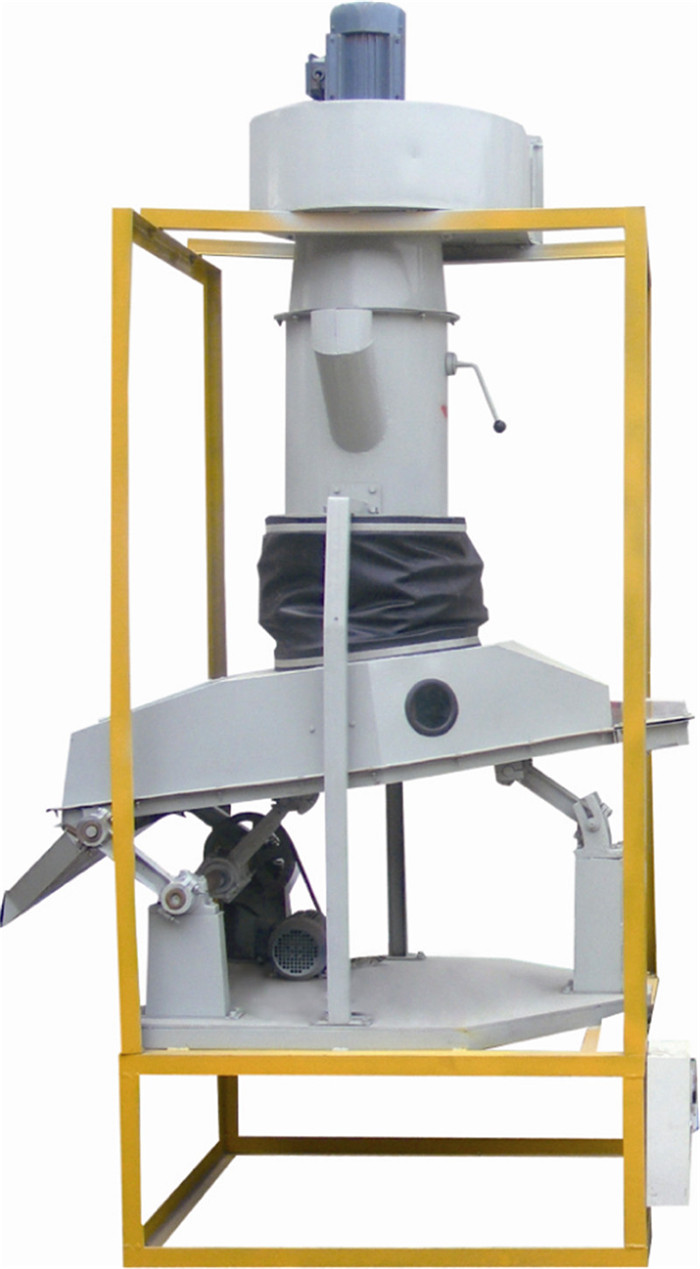Seedling Management: Seedling management mainly refers to light, temperature and moisture management. Illumination is the main source of calorie for seedbed and it is the basis for plant growth. Therefore, sufficient illumination should be ensured as much as possible during the breeding process. The temperature needs to be adjusted by covering the straw curtain in the evening and cooling the air in the daytime. Temperature control should be based on the following principles: 1, sowing to maintain the seedlings to maintain 28 °C -30 °C. 2, cotyledons unearthed to the first true leaves appear around 25 °C during the day, 13 °C -15 °C at night, the minimum temperature in the early morning is not less than 10 °C. 3. The first true leaf is unfolded until 1 week before planting, during the day, 25°C-30°C, nighttime 13°C-15°C, and the minimum temperature in the early morning is not lower than 10°C. 4, hardening 7-8 days before planting, gradually increase the amount of air. Until a few days prior to planting, both day and night were grown under open air conditions in the absence of frost damage to facilitate adaptation to open field conditions. The principle of water management is to keep the soil in the nursery soil dry and wet and prevent it from becoming too dry. If leggy phenomenon occurs, it can be solved by increasing ventilation and controlling temperature. Colonization: ridge cultivation, covering the mulch before planting. Line spacing 65 cm 33 cm. After the frost in mid-May, it was planted in the weather with warmer temperatures. Pay attention to filling enough water at the time of planting to facilitate hair rooting. Extend the vines and pay attention to timely scaffolding and binding vines. Disease prevention and treatment: The major diseases of cucumber in early-ripening open fields include angular spot disease, downy mildew and black spot disease. 1, keratoderma: leaf lesions polygon, smaller, yellow-brown, humidity on the back of the lesion on the back of white bacteria appear thick, dry lesions were translucent thin paper. The disease can be controlled by agricultural streptomycin, can kill and
Other agents. 2. Downy mildew: The lesions were polygonal, yellow-green, and later light brown. The lesions converged in the late stage and the whole leaf curled. On the back of the lesion, a dark gray moldy layer grows on the back of the lesion, and the pesticides with better control effect on the disease include anti-virus scorpion and gram dew. 3, scab: leaf lesions are round to oval, pale yellow-brown, not limited by the veins, late cracking perforation. In the early stages of melon damage, near-circular dark green lesions were formed. After being hard, they were easily detached, and the diameter of lesions was about 3 mm. The disease is better controlled with Fuxing.
Air Suction Type Destoner
We have two types of Destoner. The Air
Suction type Destoner is traditional and most popular Destoner in the world. It widely
used on grain cleaning process or flour processing process, to remove stones or
sand from good grain or maize wheat that going to flour mill process. We have
two models : TQSF Destoner and QSX Destoner. The TQSF Destoner has two sieve
layers, which can remove large impurities and remove stones from good seed. The
QSX Destoner is using fish-scale stone removing table to remove stones, which
is similar with European design.
Function of Destoner:
Destoner Machine is used to remove sand,
stones, metals from good grain , seed, beans. It is also called Dry Stoner,
Stone Removing Machine.
Its working principle is based on gravity
weight, to remove heavier impurities from good materials.
Working Process of Destoner:
The working process is : when seed flow
into vibration deck/sieve, with the combined work of vibration and air blowing,
the heavier materials and lighter materials will separate in different layers
and discharge from different outlet.
Application of Destoner:
Our Destoner Machine can be used for all
kinds of seed, grain, beans, such as wheat, maize, rice, paddy, sesame, red
beans, chickpea beans, soybeans, sunflower seed etc.
We also provide extra table or different
sieves to process different materials.
Specification of Air Suction Destoner:
|
Model
|
Capacity(t/h)
|
Power(kw)
|
Weight(kg)
|
Dimension(mm)
|
|
TQSF-60
|
5
|
3.5
|
320
|
1350X860X1800
|
|
TQSF-80
|
7.5
|
4.5
|
430
|
1350X1050X1800
|
|
TQSF-100
|
10
|
6.24
|
480
|
1400X1250X1920
|
|
TQSF-125
|
12.5
|
6.24
|
580
|
1460X1500X1940
|
|
QSX-85
|
5
|
3.55
|
400
|
1300X1500X3200
|


Air Suction Type Destoner
Air Suction Type Destoner,Rice Destoner,Grain Destoner,Air Suction Rice Destoner
SHIJIAZHUANG SYNMEC INTERNATIONAL TRADING LIMITED , http://www.seedgraincleaner.com

